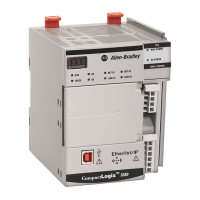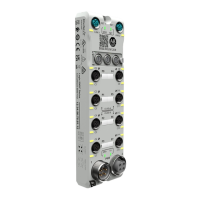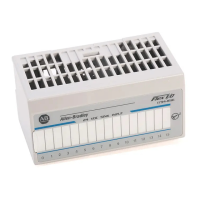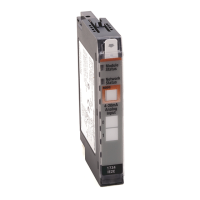38 Rockwell Automation Publication 5094-UM001E-EN-P - April 2020
Chapter 1 Digital I/O Module Operation in a Logix 5000 Control System
Use with Safety Controllers
You can use only the Compact GuardLogix 5380 or GuardLogix 5580
controllers with the FLEX 5000 safety I/O modules. Restrictions apply with
respect to how the controllers can use the I/O modules. The restrictions are
described in Controller and Software Compatibility on page 14.
For more information on which controllers you can use with FLEX 5000 I/O
safety modules, see
Table 2 on page 18.
You must use the Logix Designer application, version 32 or later, to configure the
FLEX 5000 I/O safety modules.
Determine Conformity
Obtain Firmware
Firmware information for safety I/O devices is available at the Rockwell
Automation Product Compatibility and Download Center (PCDC). The
PCDC is available at:
https://compatibility.rockwellautomation.com/Pages/home.aspx
Only download firmware and access product release notes from the Rockwell
Automation PCDC.
Do not download firmware from non-Rockwell Automation sites.
Safety Function During Firmware Update
The FLEX 5000 I/O safety modules are not safety capable when a firmware
update is in process. You must use other methods to maintain the safety function
during the update process.
STATUS
POWER
SAFETY DIGITAL 16 INPUT 24 VDC
5094-IB16S
5
5
TB3I
FLEX 5000
TM
I/O
0 1 2 3 4 5 6 7 8 9 10 11 12 13 14 15
ATTENTION: Use only appropriate components or devices that comply with
the relevant safety standards and meet the required safety integrity level or
performance level and safety category.
• Conformity to the requirements of the relevant safety standards must be
determined for the entire system by conducting a risk assessment.
• Use devices properly according to the installation environment,
performance rating, and functions of the machine.
• Use devices within their specified ratings.
• We recommend that you consult a certification body regarding assessment
of conformity to the required safety integrity level or performance level.
You are responsible for confirming compliance with the applicable standards for
the entire system. You must read, understand, and fulfill the functional safety
requirements of the standard applicable to your safety application.
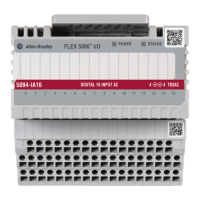
